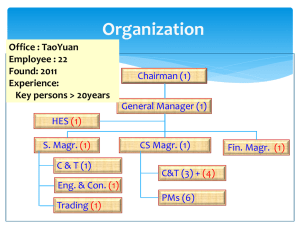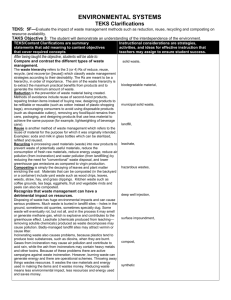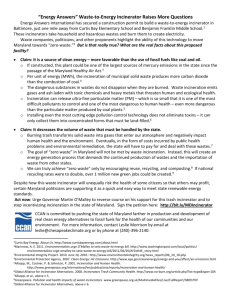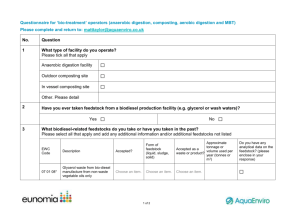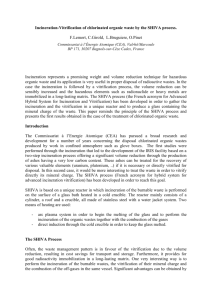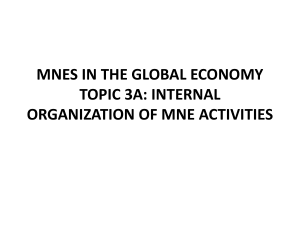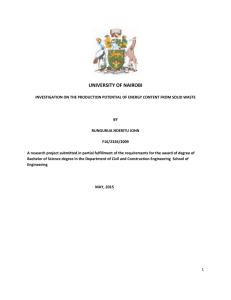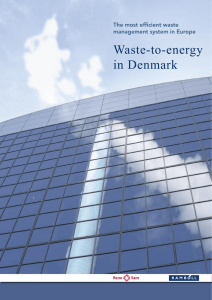Waste-To-Energy is an excellent idea in principle
advertisement
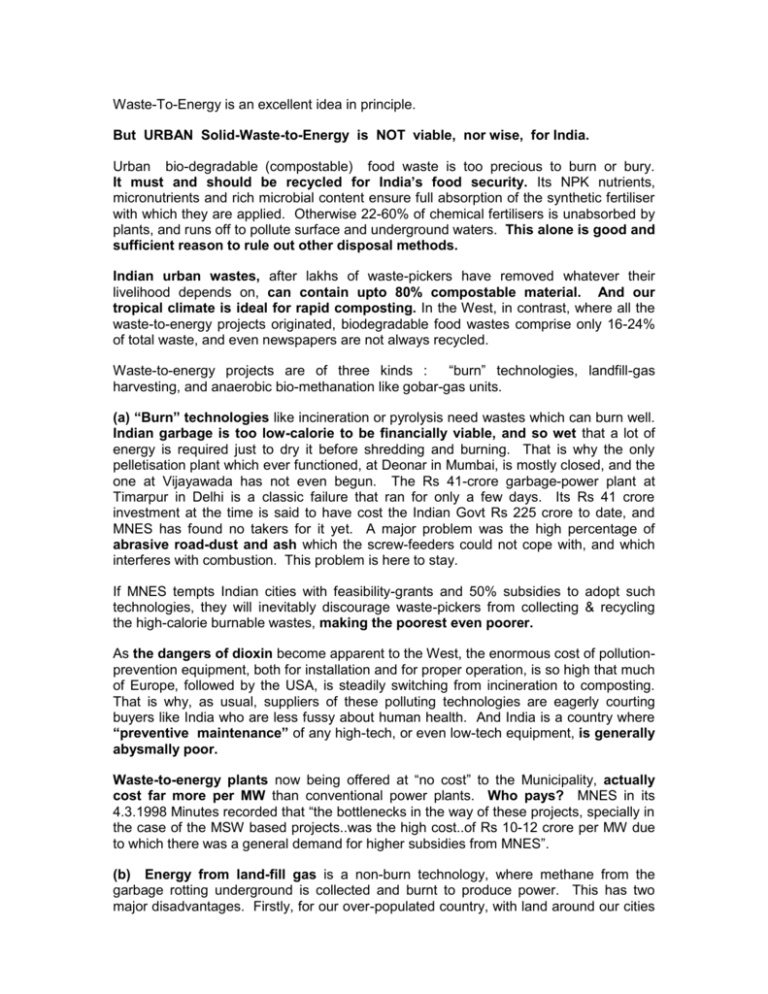
Waste-To-Energy is an excellent idea in principle. But URBAN Solid-Waste-to-Energy is NOT viable, nor wise, for India. Urban bio-degradable (compostable) food waste is too precious to burn or bury. It must and should be recycled for India’s food security. Its NPK nutrients, micronutrients and rich microbial content ensure full absorption of the synthetic fertiliser with which they are applied. Otherwise 22-60% of chemical fertilisers is unabsorbed by plants, and runs off to pollute surface and underground waters. This alone is good and sufficient reason to rule out other disposal methods. Indian urban wastes, after lakhs of waste-pickers have removed whatever their livelihood depends on, can contain upto 80% compostable material. And our tropical climate is ideal for rapid composting. In the West, in contrast, where all the waste-to-energy projects originated, biodegradable food wastes comprise only 16-24% of total waste, and even newspapers are not always recycled. Waste-to-energy projects are of three kinds : “burn” technologies, landfill-gas harvesting, and anaerobic bio-methanation like gobar-gas units. (a) “Burn” technologies like incineration or pyrolysis need wastes which can burn well. Indian garbage is too low-calorie to be financially viable, and so wet that a lot of energy is required just to dry it before shredding and burning. That is why the only pelletisation plant which ever functioned, at Deonar in Mumbai, is mostly closed, and the one at Vijayawada has not even begun. The Rs 41-crore garbage-power plant at Timarpur in Delhi is a classic failure that ran for only a few days. Its Rs 41 crore investment at the time is said to have cost the Indian Govt Rs 225 crore to date, and MNES has found no takers for it yet. A major problem was the high percentage of abrasive road-dust and ash which the screw-feeders could not cope with, and which interferes with combustion. This problem is here to stay. If MNES tempts Indian cities with feasibility-grants and 50% subsidies to adopt such technologies, they will inevitably discourage waste-pickers from collecting & recycling the high-calorie burnable wastes, making the poorest even poorer. As the dangers of dioxin become apparent to the West, the enormous cost of pollutionprevention equipment, both for installation and for proper operation, is so high that much of Europe, followed by the USA, is steadily switching from incineration to composting. That is why, as usual, suppliers of these polluting technologies are eagerly courting buyers like India who are less fussy about human health. And India is a country where “preventive maintenance” of any high-tech, or even low-tech equipment, is generally abysmally poor. Waste-to-energy plants now being offered at “no cost” to the Municipality, actually cost far more per MW than conventional power plants. Who pays? MNES in its 4.3.1998 Minutes recorded that “the bottlenecks in the way of these projects, specially in the case of the MSW based projects..was the high cost..of Rs 10-12 crore per MW due to which there was a general demand for higher subsidies from MNES”. (b) Energy from land-fill gas is a non-burn technology, where methane from the garbage rotting underground is collected and burnt to produce power. This has two major disadvantages. Firstly, for our over-populated country, with land around our cities so scarce and its values sky-rocketing, such a land-intensive option is totally unsuitable for India. Land-filling of unsorted wastes is viable in the West only because private firms charge Municipalities and others “acceptance fees” to receive garbage at their expensive waterproof landfills. India should not encourage such profiteering at the cost of citydwellers, 40% of whom live in slums today. Landfill-gas harvesting was once considered environmentally benign. But at best only 55% of the landfill methane generated can ever be trapped, and the rest goes into the atmosphere. Today methane is considered a ‘GreenHouse Gas’, more potent than carbon dioxide for causing global warming, melting of polar ice and submergence of coastal areas. India is party to the Kyoto Protocol to eventually reduce its GreenHouse Gases. (In fact, the Kyoto Protocol’s “Clean Development Mechanism” or CDM is a potential source of foreign funding for compost plants in India, if U.O.I. feels short of funds for this). (c ) Bio-methanation in bio-digesters like gobar-gas units is an acceptable non-burn technology where all the methane can be collected. But unlike cowdung, grinding of city garbage from varied sources into a fine slurry that will not clog the digesters is a serious problem. It has worked on a very small scale in a very few factory canteens and kalyana mantapas where the gas generated is used on-site for cooking. It is suitable for this level of scale, and may be financially viable for individual users of cooking gas. But this does not at all justify heavy MNES subsidies or a separate Section in the Ministry for this.. For compost rejects and for totally non-recyclable items, which have some calorific value, and for infectious hospital wastes, incineration may be an option. But this will be for a very small fraction of total urban wastes, and should form part of any composting entrepreneur’s integrated complex. (Expensive scientific leachate-proof land-filling will be necessary for the incinerator ash, which is upto 50 times more toxic than any corresponding compost might be and cannot be recycled for land application.) Since urban waste incineration is totally unproven for developing countries like India, since the UOI is already pleading lack of funds for hygienic urban solid waste management, and since Municipalities are technically ill-equipped to evaluate such options, the Expert Committee felt impelled to include in its Executive Summary on page 13 of the Report, a “ Caution against using unproven technologies Local Bodies are cautioned not to adopt expensive technologies of power generation, fuel pelletisation, incineration etc. until they are proven under Indian conditions and the Govt of India or expert agencies nominated by the Government of India adivises cities that such technology can be adopted.” Further reasons are spelt out in paras 3.15 to 3.15.4 of the Report, which has concluded in para 3.15.5 that “at the present juncture, only composting of organic / food wastes and biodegradable waste and disposal of rejects at the landfill sites is recommended” for India. This and the Technology Mission were the two most deeply-discussed items in the Committee meetings, so this recommendation was made after deep thought.
